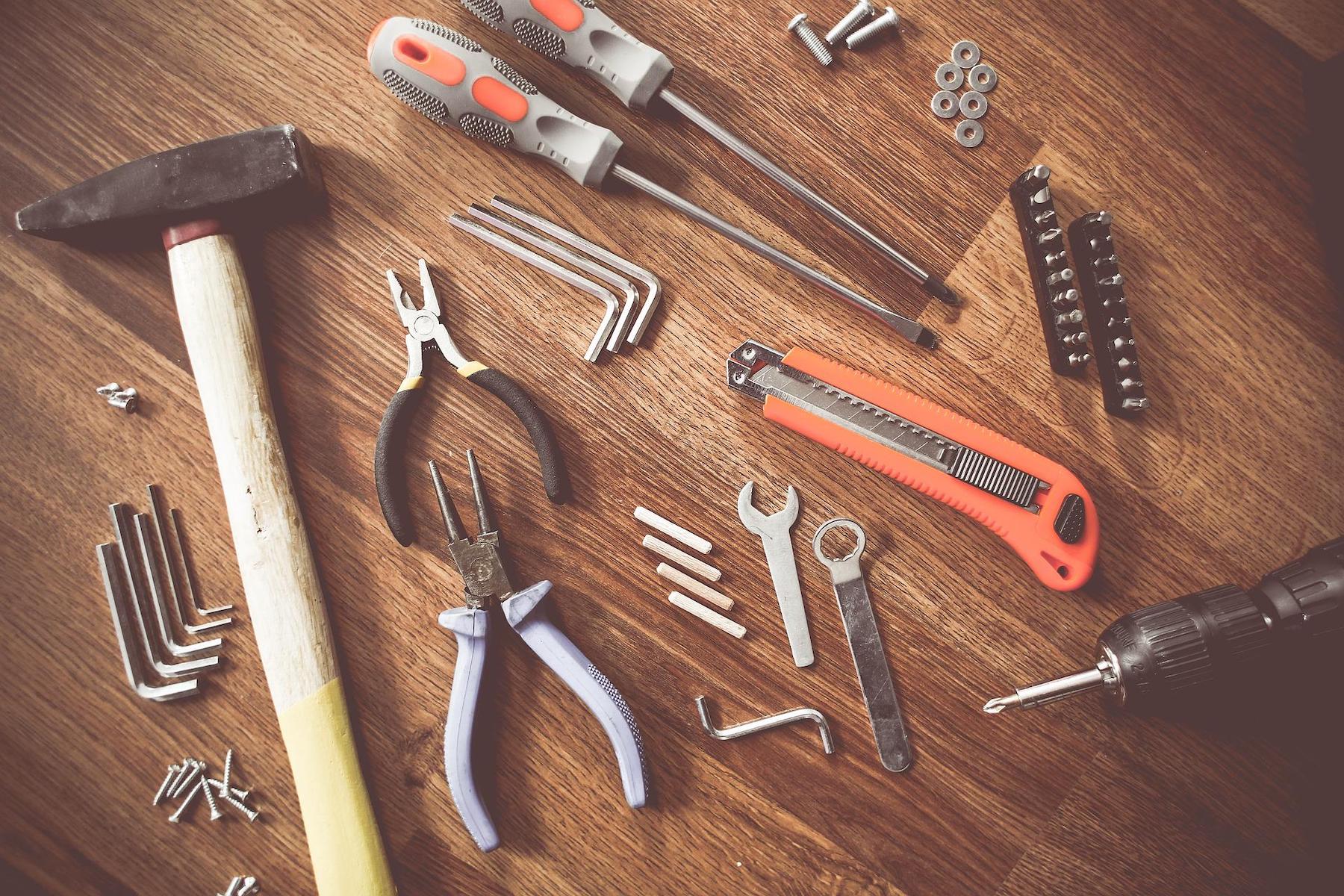A new report from the Associated Builders and Contractors found that prices for inputs to construction industries rose by 1.1% in May—the largest month-over-month increase in more than two years. The rise is also the third time in the last 10 months that construction materials prices have grown on a monthly basis.
Although prices saw gains in May, year-over-year prices dropped by 3% in May and have now fallen by more than 3% in each of the first five months of 2015. Of the 11 key construction inputs, only three experienced monthly price increases in May.
"Commodity markets experienced a reversal of several patterns that have been in place for many months in May," said Associated Builders and Contractors' Chief Economist Anirban Basu. "Most notably, key energy prices rose meaningfully, with oil prices rising to roughly $50 per barrel. While natural gas prices did not rise for the month according to the producer price index, they remained relatively flat after falling by more than 10% in three of the year's first four months. Many economic forces were at work, including a weaker U.S. dollar. Many commodities are priced in dollars, which helps to lay a floor under the associated prices. With the European economy showing signs of life the dollar's rise against the euro has effectively stalled."
Basu added that stakeholders should not consider this news the beginning of a new trend as there are several reasons to expect the U.S. dollar to advance against other major currencies over the course of the next few months. Of these expectations, there's an anticipated shift in monetary policy. An increase in interest rates will help to suppress further increases in commodity prices including those related to energy.
Only three of the key materials' prices increased in May:
• Crude petroleum prices expanded 15.6% in May but are down 42% from the same time last year.
• Crude energy materials prices gained 7.7% in May but are 37.3% lower year-over-year.
• Nonferrous wire and cable prices expanded 0.9% on a monthly basis but shed 2.8% on a yearly basis.
Eight of the 11 key construction inputs did not expand for the month:
• Fabricated structural metal product prices dropped 0.5% lower for the month but have expanded 0.8% on a year-over-year basis.
• Natural gas prices fell 1.7% in May and are down 48.4% from the same time one year ago.
• Prices for plumbing fixtures remained flat in May and are up 4.9% on a year-over-year basis.
• Prices for prepared asphalt, tar roofing and siding fell 1.5% for the month and are down 1.9% on a year-ago basis.
• Iron and steel prices fell 1% in May and are down 14.9% from the same time last year.
• Steel mill products prices fell 2% for the month and are 11% lower than one year ago.
• Softwood lumber prices fell 2.5% and are 7.9% lower than one year ago.
• Concrete product prices remained flat in May and are up 4.9% on a yearly basis.
Related Stories
| Feb 1, 2012
Two new research buildings dedicated at the University of South Carolina
The two buildings add 208,000 square feet of collaborative research space to the campus.
| Jan 31, 2012
AIA CONTINUING EDUCATION: Reroofing primer, in-depth advice from the experts
Earn 1.0 AIA/CES learning units by studying this article and successfully completing the online exam.
| Jan 26, 2012
American Standard names Gould as president and CEO
Gould succeeds Don Devine, who led the successful turnaround of American Standard Brands.
| Jan 15, 2012
Hollister Construction Services oversees interior office fit-out for Harding Loevner
The work includes constructing open space areas, new conference, trading and training rooms, along with multiple kitchenettes.
| Jan 12, 2012
3M takes part in Better Buildings Challenge
As a partner in the challenge, 3M has committed to reduce energy use by 25% in 78 of its plants, encompassing nearly 38 million-sf of building space.
| Jan 9, 2012
METALCON International 2012 announced
METALCON 2012 is scheduled for Oct. 9-11 at the Donald E Stephens Convention Center, Hall A, Rosemont, Ill.
| Jan 6, 2012
New Walgreen's represents an architectural departure
The structure's exterior is a major departure from the corporate image of a traditional Walgreens design.
| Jan 4, 2012
New LEED Silver complex provides space for education and research
The academic-style facility supports education/training and research functions, and contains classrooms, auditoriums, laboratories, administrative offices and library facilities, as well as spaces for operating highly sophisticated training equipment.
| Jan 3, 2012
BIM: not just for new buildings
Ohio State University Medical Center is converting 55 Medical Center buildings from AutoCAD to BIM to improve quality and speed of decision making related to facility use, renovations, maintenance, and more.
| Jan 3, 2012
New SJI Rule on Steel Joists
A new rule from the Steel Joist Institute clarifies when local reinforcement of joists is required for chord loads away from panel points. SJI members offer guidance about how and when to specify loads.

















